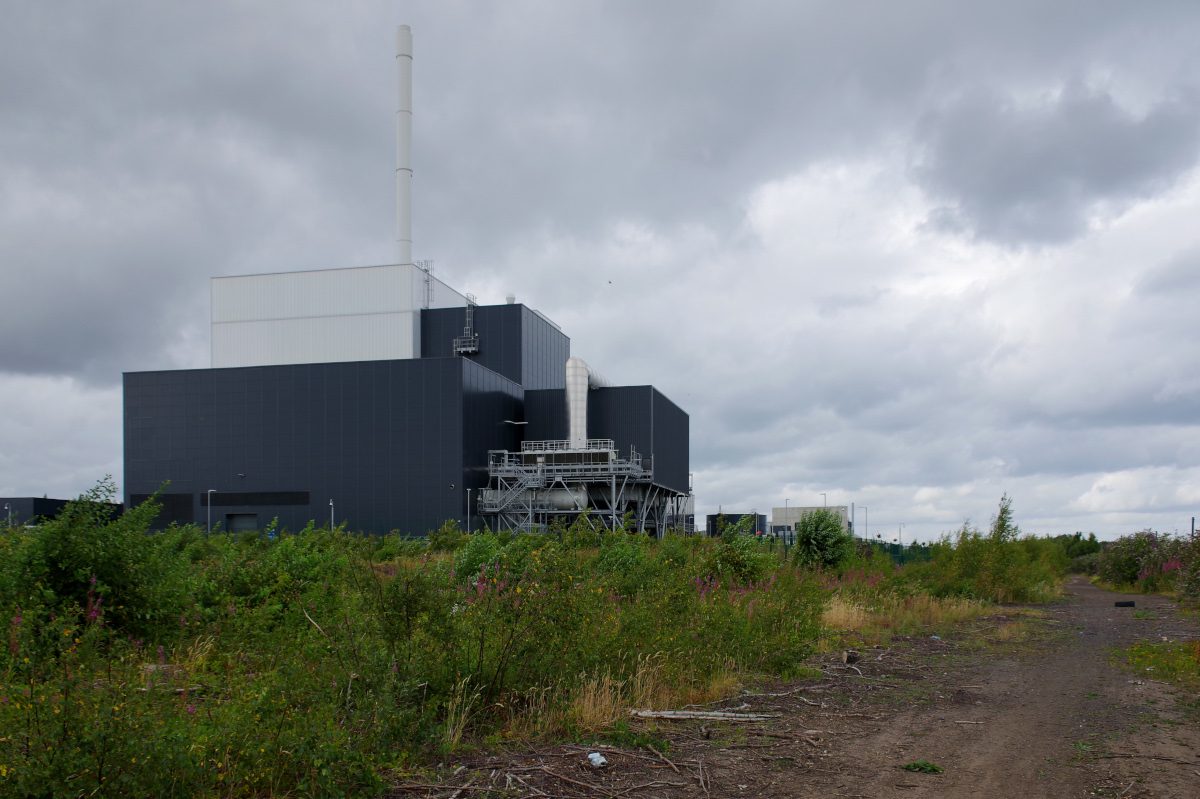The consumer price index (CPI) remained relatively steady at 2.7% in July on an annual basis, according to the Bureau of Labor Statistics’ monthly report, beating analysts’ expectations.
There was a notable decline in energy on a monthly basis, declining by 2.2%. Utility gas services fell by 13.8%, while electricity declined by 5.5%. Food costs fell by 0.1% in July. Two of the six major food group indexes decreased, and one remained stagnant. Dairy prices rose 0.7%, with milk rising 1.9%. Meat, poultry, fish, and eggs rose 0.2%, primarily due to the 1.5% increase in the cost of beef. Egg prices fell 3.9%.
Core inflation, excluding food and energy, rose 0.3% to 3.1% and marked the highest figure since February. Core goods rose 1.2% on an annual basis, marking the fastest pace of growth in over two years.
“It’s been a very dynamic time for these trade negotiations … but we’re still, you know, a ways away from seeing where things settle down,” Jerome Powell, Federal Reserve chair, said last month. Most analysts are blaming Trump’s tariffs for the increase in goods, failing to see that the trend was already in motion.
July’s CPI report is yet another example of how government statistics mask the underlying trend. Yes, they will celebrate the 2.7% headline number as if inflation is under control, but the real story is in core inflation, which just hit a five-month high at 3.1%. That’s the number to watch, because it excludes the volatile energy component that has been conveniently falling, masking the real cost pressures in the system.
Powell’s comment that we’re “a ways away from seeing where things settle down” is an admission that they have no control over the underlying causes.











